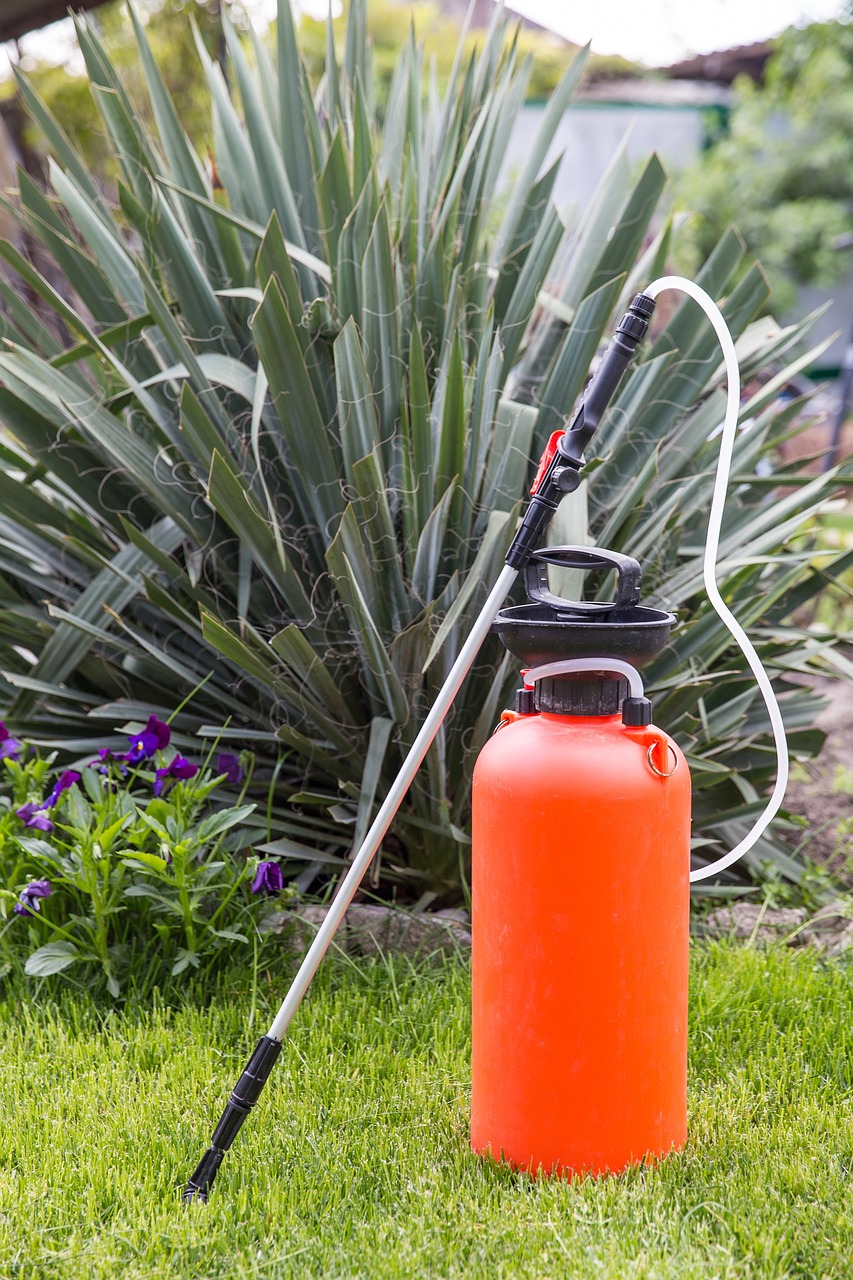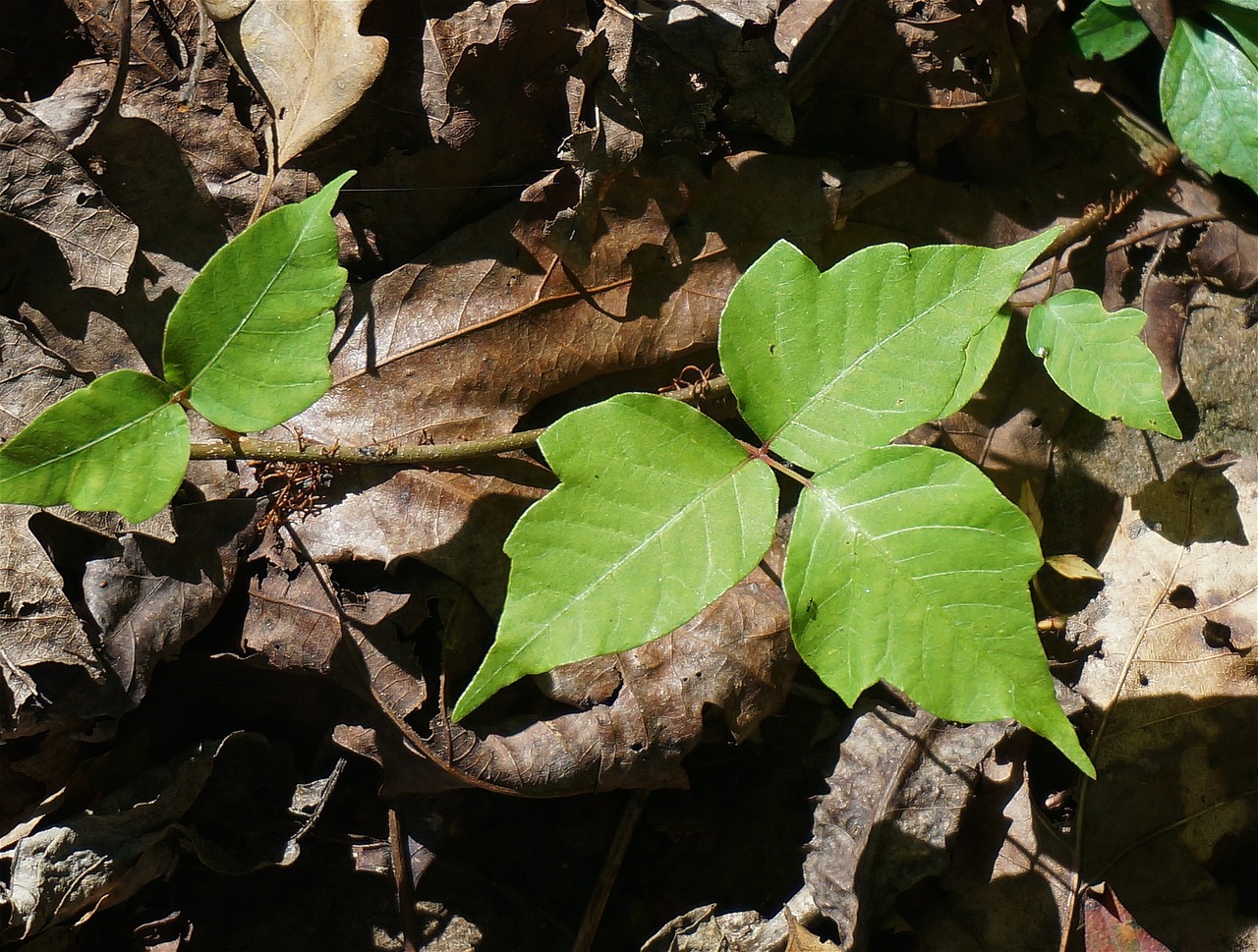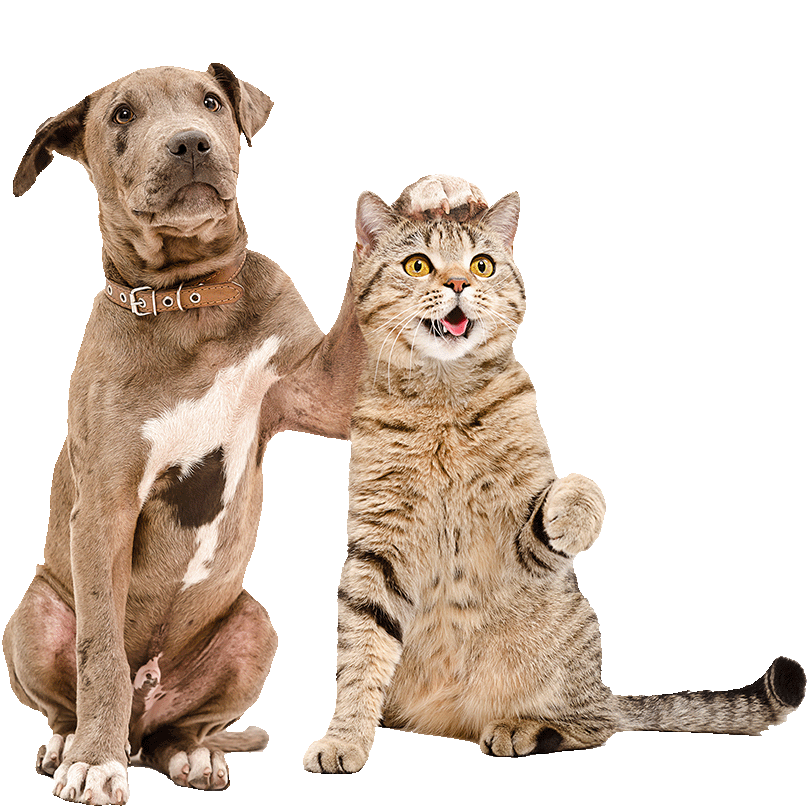All dog toxins Articles

Guarding Pets from Valentine's Day Chocolate Dangers
Valentine's Day is all about showing love to the special people in our lives, and of course, indulging in delicious chocolates. It’s no surprise that chocolates are a big part of the celebration. In fact, according to the National Retail Federation’s Valentine’s Day Consumer Spending Survey, nearly half of Americans—about 48%—plan to give candies as gifts on this romantic day.

Safeguarding Your Pets from Harmful Pesticides and Rodenticides
To keep your pets safe from dangerous pesticides and rodenticides, it’s important to know which substances to avoid, how to store them properly, and what to do if your pet is exposed.

Poison Ivy and Its Impact on Pets
This plant is commonly found in wooded areas, often growing near trees. It’s quite adaptable and can take different forms—it might grow as a shrub, spread along the ground, or climb like a vine. You can recognize it by its three almond-shaped leaflets and a vine that looks a bit “hairy.” Its color changes with the seasons, ranging from light to dark green in the warmer months and turning bright red, yellow, or orange in the fall.

Summertime Dangers for Pets: Tips from a Veterinarian
To keep your pets safe during the summer, it’s important to be aware of potential dangers and take the right precautions. Always provide fresh water to keep them hydrated, store household chemicals out of reach, and carefully read labels on flea and tick preventatives before use. If you're starting a new medication for your pet, check with your vet first. And if you ever think your pet has eaten something toxic, don’t wait—reach out to a 24/7 pet helpline or your vet for immediate advice.
Get insurance plans with wide-ranging coverage options


